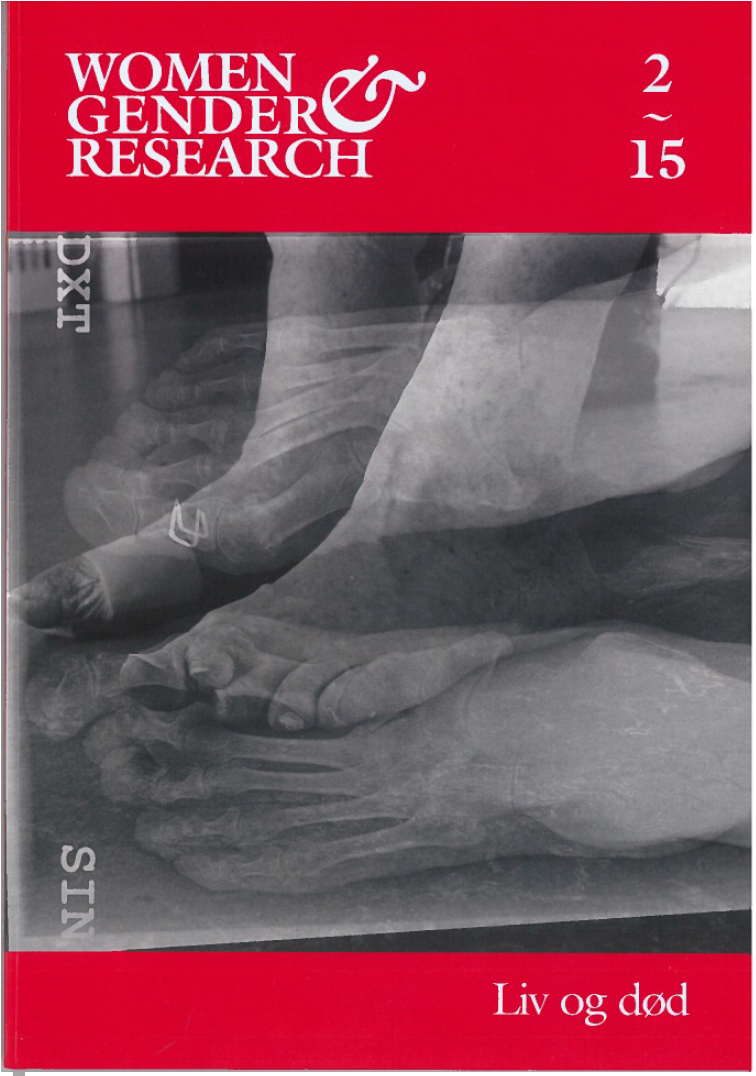Kunst, køn og nekropolitik
DOI:
https://doi.org/10.7146/kkf.v24i2.28536Nøgleord:
nekropolitik, Mexico, kontemporær kunst, sorg, affekt, kvindedrab/ necropolitics, contemporary art, grief, affect, femicideResumé
The concept of necropolitics, launched by Achille Mbembe in 2003, has had an increasing influence within various disciplines but not within arts, aesthetics and cultural studies. This is the point of departure for my article, which simply wants to address the following questions:
What does a contemporary necropolitical art look like? My exemplary case is Mexican artist Teresa Margolles. In her work Lote Bravo (2005) she deals explicitly with a feminicidio that ‘officially’ began in Ciudad Juárez, Mexico, in 1993 (since then the killings of women have not only continued but spread to the rest of the country). It is tragically clear that these killings of young women crystallize a cruel combination of capitalism, gender and death. Using spatiality, mediality and affectivity as a conceptual triad for analyzing this particular work and drawing upon the thinking of Judith Butler, I will show how Margolles re-frames (the representation of) the tragic event, which is what enables an aesthetic production of grief with real political effects.
Downloads
Publiceret
Citation/Eksport
Nummer
Sektion
Licens
Udgivelser i Kvinder, Køn og Forskning er beskyttet under Creative Commons License: CC Attribution-NonCommercial 4.0

